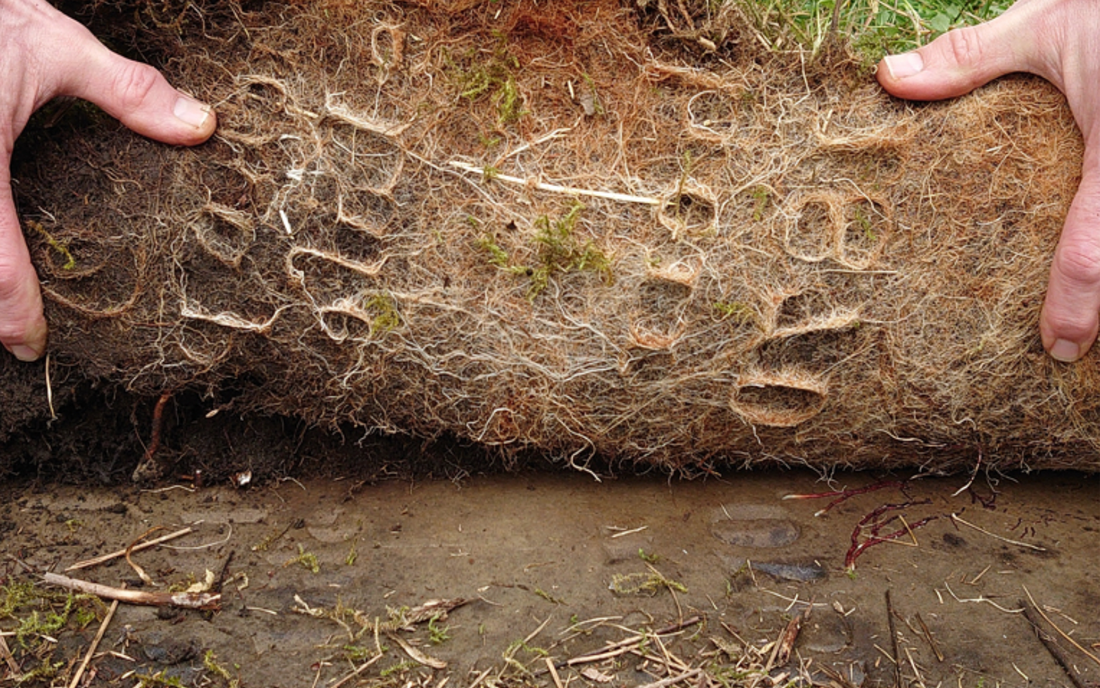
LARKSONG
Collaborative artists Jacob Cartwright and Nick Jordan have been commissioned by British Textile Biennial and English Heritage to create new work in relation to Goodshaw Chapel in Rossendale, a nonconformist Baptist chapel established by local textile workers and farm labourers in 1760. Working closely with community members, historians and creative practitioners in the region, the artists’ work explores the rich legacy and layered histories of the chapel and its location within the cloughs and moorlands of the valley; weaving together social, industrial and ecological themes and interconnections. During the Biennial, the artists will be presenting ‘Larksong’, a film installation in the chapel, alongside drawings, found objects, printed textiles, live performance and spoken word poetry.
Artists’ Statement:
Our collaborative film work often combines original cinematography with voice-over interviews or spoken-word narratives, alongside atmospheric soundscapes and archival material. First- hand accounts and personal insights are central to our practice and we often combine these with historic texts to form a loose guiding structure or narrative to the film. We use the subsequent editing process to layer or weave together these audio and visual connections and contrasts. Such an approach allows us to explore the characteristics of place and people; to create links and allusions between the past and present, especially within the context of social and natural history.
Artists’ Statement:
Our collaborative film work often combines original cinematography with voice-over interviews or spoken-word narratives, alongside atmospheric soundscapes and archival material. First- hand accounts and personal insights are central to our practice and we often combine these with historic texts to form a loose guiding structure or narrative to the film. We use the subsequent editing process to layer or weave together these audio and visual connections and contrasts. Such an approach allows us to explore the characteristics of place and people; to create links and allusions between the past and present, especially within the context of social and natural history.
Want to read more of this article?
We are proud to be a subscriber-funded publication with members in 185 countries. We know our readership is passionate about textiles, so we invite you to help us preserve and promote the stories, memories, and histories that fabric holds. Your support allows us to publish our magazine, and also ‘what's on’ information, and subscription interviews, reviews, and long-read articles in our online blog.
ALREADY A SUBSCRIBER? CLICK HERE TO ACCESS CONTENT

